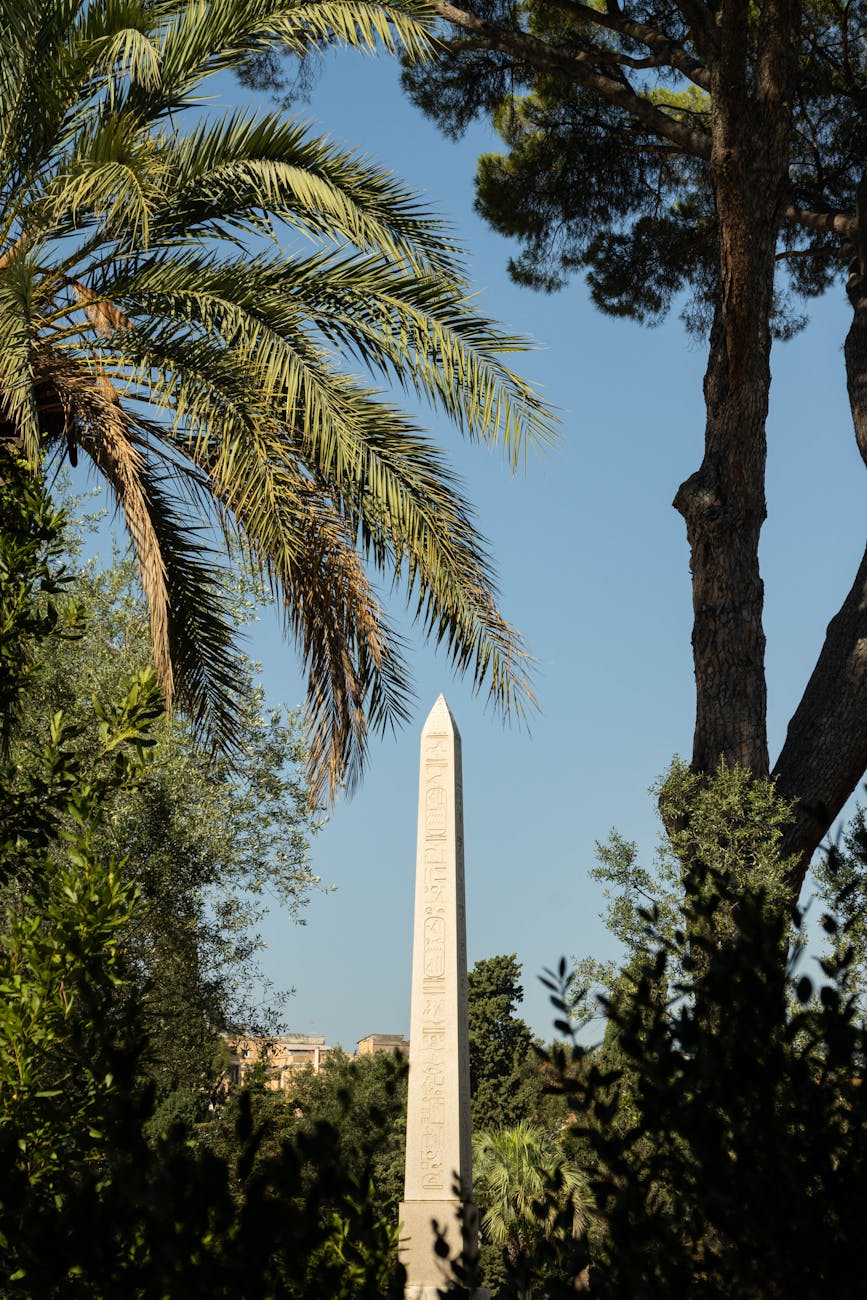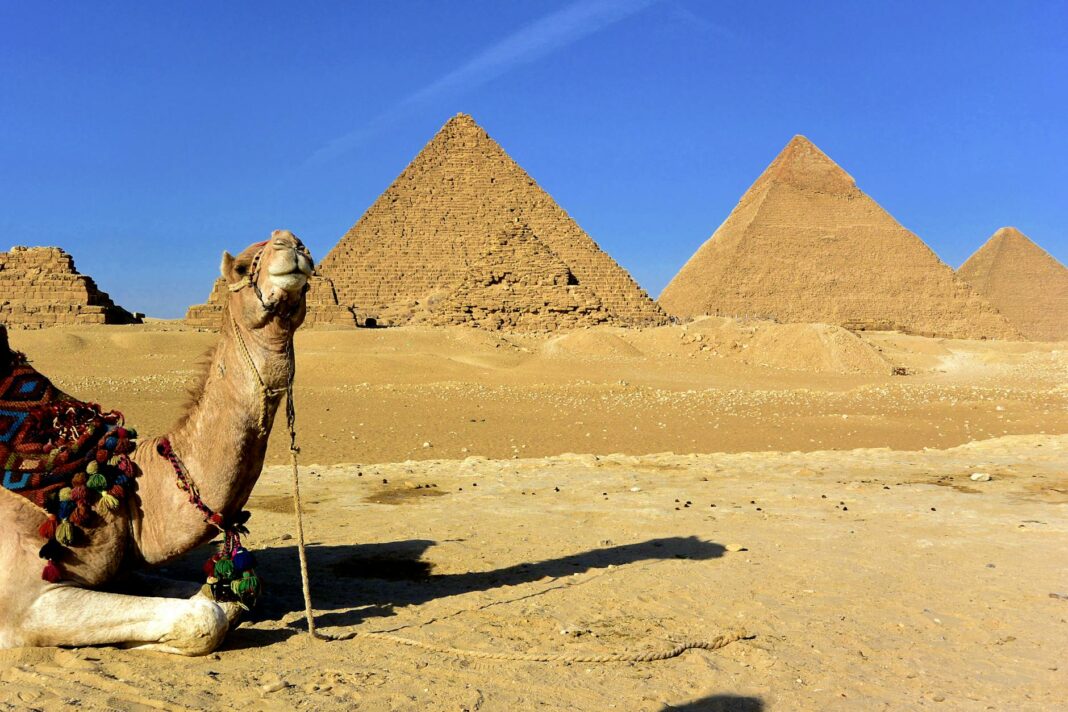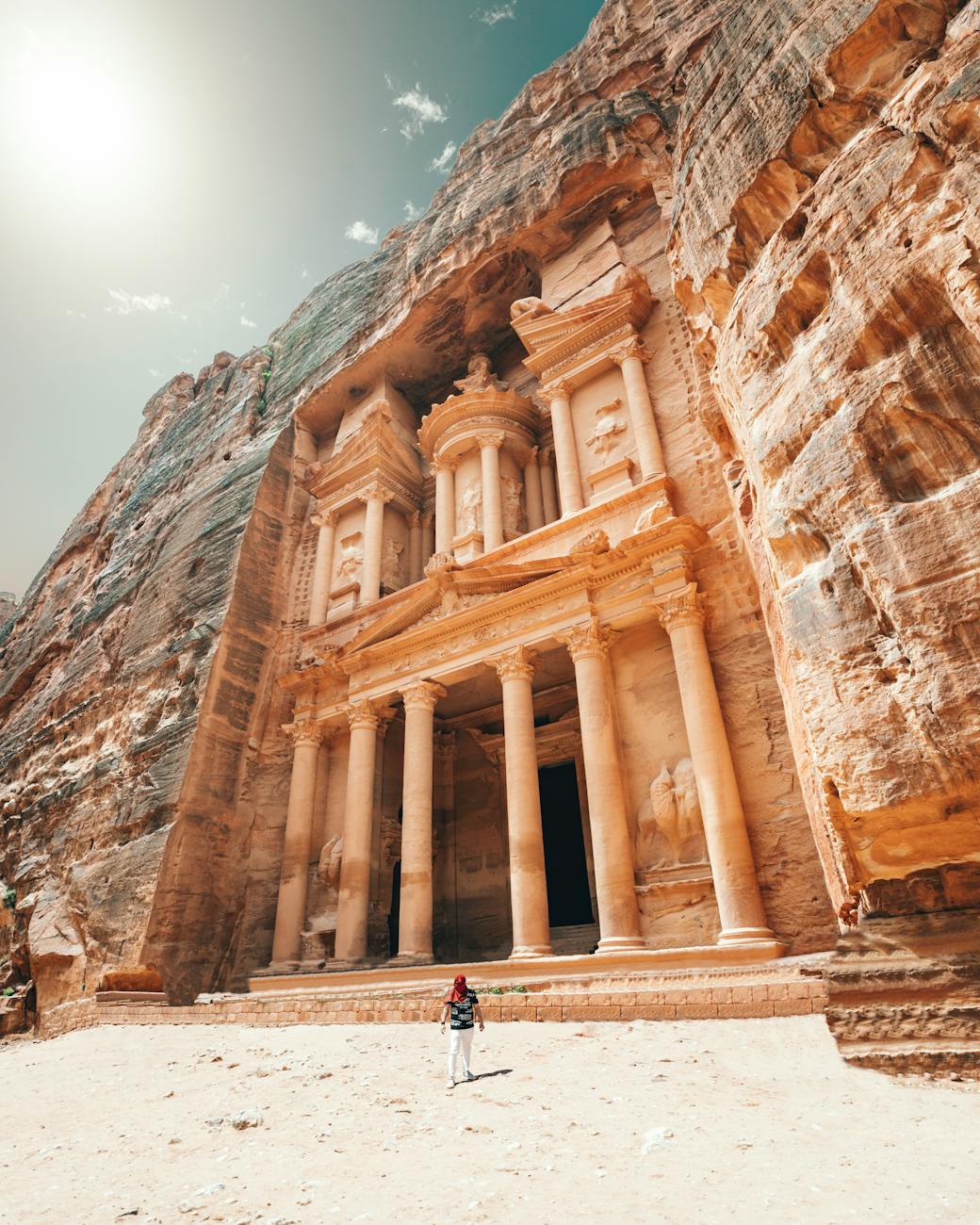What secret treasures lie in ancient desert ruins?
The allure of ancient desert ruins is nothing short of captivating. Beneath the vast expanse of sandy landscapes, whispers of long-lost civilizations beckon eager explorers and curious minds alike. These forgotten places hide a wealth of treasures, both material and intangible, that challenge our understanding of history and culture. Each discovery adds layers to our perception of the past, ultimately enriching our present.
Delving into the heart of these arid remnants reveals stories waiting to be told. The ruins are not mere relics of a bygone era; they are portals to knowledge, showcasing the brilliance of human engineering, artistry, and survival. As we embark on this thrilling exploration, we uncover intricate artifacts, advanced architectural designs, and the rich cultural exchanges that flourished in these ancient worlds.
The Hidden Gems of Ancient Civilizations
Deep within the sands lie the remnants of extraordinary societies that once thrived under the merciless sun. Each site has its own saga, brimming with hidden gems that can redefine our understanding of historical timelines. Consider the mesmerizing treasures that lie beneath the ruins of Petra, where intricate carvings and elaborate water channels showcase an unparalleled blend of art and engineering. This renowned lost city offers a glimpse into the innovative spirit of the Nabateans and their ability to adapt to an inhospitable environment.
Similarly, the Great Pyramid of Giza stands as a monumental testament to the ancient Egyptians’ architectural genius. It remains one of the Seven Wonders of the Ancient World, drawing intrigue not only for its size but also for the mysteries surrounding its construction. As excavations continue, we frequently discover artifacts and texts that shed light on the practices and beliefs of these ancient inhabitants, enriching our appreciation for their civilization.
Mysterious Artifacts from the Desert Sands
An endless array of artifacts emerges from the sands, each piece holding a story that contributes to the larger narrative of humanity. Imagine the moment when archaeologists unearth intricate pottery, beautifully adorned with patterns that tell tales of daily life and spiritual beliefs. Such discoveries illuminate the values and aspirations of a culture, revealing their interactions with nature and with one another.
Gold and silver jewels crafted with astonishing skill have also emerged from these enigmatic sites, shimmering with the brilliance of ancient craftsmanship. From ornate earrings to elaborate ceremonial masks, these artifacts not only catch the eye but also provide insight into the trade networks of the time. They unveil a world where exchange fostered connections between distant peoples, showcasing the rich tapestry of cultural interactions that shaped ancient societies.
Ancient Architecture and Engineering Innovations
The architectural wonders of ancient desert ruins often defy imagination. Consider the ingenious construction techniques employed by the Romans, whose aqueducts and road systems laid the groundwork for future generations. The ruins of Chichen Itza, with its stunning step pyramids and astronomical observatories, illustrate how ancient peoples understood the cosmos. Their ability to blend cultural practices with functionality is truly remarkable.
Moreover, the resilience of these structures amidst the harsh desert climate highlights the advanced engineering skills of their creators. Techniques such as the use of mud bricks in the Malian city of Timbuktu have withstood the test of time, demonstrating an understanding of local materials that facilitated sustainable construction. Each ruin serves as a testament to humanity’s enduring spirit and ingenuity in the face of adversity.
Forgotten Tales of Trade and Culture
The desert once buzzed with vibrant trade routes connecting diverse cultures, creating a mosaic of influences that enriched societies across regions. Merchants navigated challenging terrains with valuable goods, from spices to textiles, forging bonds that transcended geographical boundaries. The remnants of ancient marketplaces, like those found in the Oasis of Siwa, still echo the bustling exchanges that once characterized these communities.
Exploring these pathways reveals how ideas and innovations flowed through the desert, shaping philosophies and lifestyles. For instance, the Silk Road extended into arid regions, facilitating cultural exchanges that contributed to the richness of knowledge and artistic expression. This interplay between commerce and culture exemplifies the shared humanity that endures through challenges, reminding us of our interconnectedness across time and space.
Secrets of Survival in Desert Environments
Ancient civilizations that thrived in the unforgiving deserts developed amazing techniques for survival, and these secrets continue to inspire modern-day practices. Their mastery over water, through the creation of sophisticated irrigation systems, highlights an understanding of resource management that remains relevant. The Berbers and Bedouins, for instance, crafted lifestyles perfectly adapted to the rhythm of the desert, blending traditional knowledge with practical skills.
Additionally, the use of medicinal plants in these environments speaks to a deep-rooted relationship with nature. Ancient texts document the healing properties of local flora, showcasing the wisdom passed down through generations. This extraordinary knowledge not only provides insight into past practices but also serves as a reminder of the importance of sustainable living and respecting our environment today.
What We Can Learn from the Past
Reflections on ancient desert ruins prompt us to reconsider our current trajectories. Their legacies of innovation and resilience spark inspiration, emphasizing the necessity of adaptability in our rapidly changing world. These insights cultivate a sense of gratitude for the progress we’ve achieved, encouraging us to preserve and honor our collective heritage.
As we sift through the sands of time, it becomes apparent that understanding the triumphs and tribulations of those who came before us can guide our paths forward. The lessons of collaboration, sustainability, and respect for nature continue to resonate, urging us to forge a brighter future while acknowledging the wisdom of the past.
Embracing the Treasures of Our Shared Heritage
Discovery in the ancient desert ruins is not merely about recovering lost items or skeletons of civilizations long gone; it’s a journey toward understanding our shared human experience. These ruins encourage us to look deeper, revealing insights about resilience, culture, and ingenuity that are incredibly relevant today.
As we embrace these treasures, not just as artifacts but as stories of the real people who once walked this land, we cultivate a connection that transcends time. By preserving these sites, we honor our collective history and foster a sense of awe and wonder for generations to come.
Frequently Asked Questions
What can ancient ruins teach us about survival?
Ancient ruins reveal impressive adaptive strategies for survival. Techniques such as advanced irrigation, resource management, and a deep understanding of the environment highlight how previous civilizations thrived against daunting odds.
How do artifacts contribute to our understanding of ancient cultures?
Artifacts serve as tangible connections to the past, offering insights into daily lives, beliefs, and interactions. Through the study of these treasures, we can piece together the narratives that shaped ancient societies.
What role did trade play in ancient desert civilizations?
Trade was a lifeblood for many desert civilizations, connecting diverse cultures and facilitating the exchange of ideas, goods, and innovations. This vibrant interaction enriched societies, marking them with distinct cultural identities.
Why should we care about preserving ancient ruins?
Preserving ancient ruins honors the achievements of our ancestors and educates future generations about our shared history. These sites inspire awe and curiosity while reminding us of the value of cultural heritage in uniting humanity.
Image Credit: Pexels





